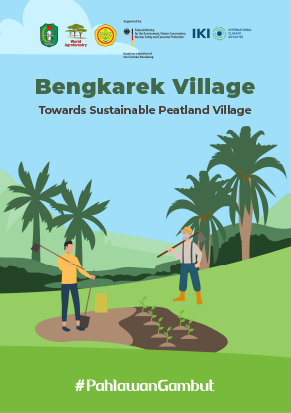Community-based approaches to landscape governance are considered more legitimate, equitable, and inclusive ways to manage natural resources and more effective in achieving conservation and livelihood goals than centralised and top-down approaches. In Ghana, the Wildlife Division of the Forestry Commission devolved decision-making authority over natural resources through the Community Resource Management Area (CREMA) governance system. While there is a growing body of literature on the CREMA governance model, few studies have examined the inclusiveness of its decision-making processes. This study aims to fill this gap by identifying the drivers that hinder or foster the inclusiveness of community governance in the Western Wildlife Corridor of northern Ghana and developing a set of inclusivity assessment indicators. Based on data collected through key informant interviews, focus group discussions, and observations, we found that several stakeholder groups remain at the margins of the CREMA governance system and feel excluded, particularly Fulani herders, women, and youth. Based on our findings and the literature, we present a set of assessment indicators for inclusive CREMA governance. However, these indicators are unlikely to be fully met because of persisting socio-cultural barriers and power asymmetries. We argue that measures such as capacity building, empowering marginalised social groups, promoting their participation in decision-making, and a bottom-up approach towards creating CREMAs are needed to improve the inclusiveness of CREMA governance. Beyond the CREMAs, the inclusivity indicators developed in this study have broad applicability to environmental and landscape governance.
Download:
DOI:
https://doi.org/10.1016/j.forpol.2023.103138
Dimensions Nombre de citations:




















